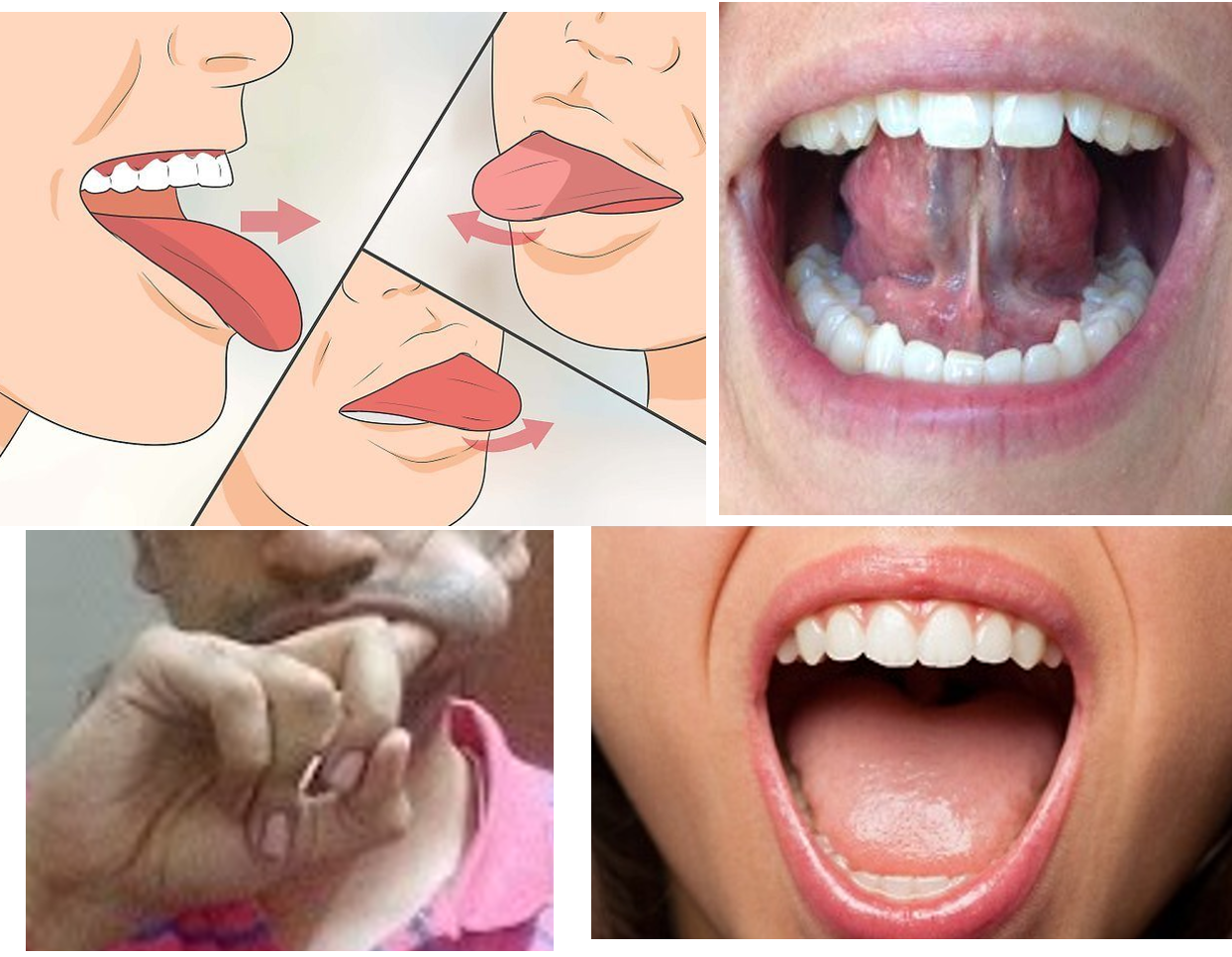Here are 5 exercises below which can help reduce snoring and improve sleep apnea. The HOLD TIME in each position is 5 seconds, and each exercise set is to be REPEATED 5 times. So it is the 5-5-5 approach to reduce snoring.
- TONGUE STRETCH: Stick the tongue out of the mouth fully as much as possible, then move it to one side and then to the other side as much as possible without curling the tongue. Hold in each position for 5 seconds, and then put back in. Do this at least 5 times. (Each day try to stick out your tongue as much further as possible, and also try to touch the chin with it).
- TONGUE ROLLS: Press the tip of the tongue on the roof of the mouth, then move it as back then as front as possible on the roof of the mouth (palate). Repeat this back and forth motion 5 times. Then with the mouth closed, rotate the tongue inside clock wise 5 times, then anti clockwise 5 times.
- JAW STRETCH: Look at the ceiling, drop the lower jaw fully down, then raise it up slowly and firmly so that the lower lip overlaps the upper lip. Repeat 5 times. Then look straight, open the mouth wide (with tongue inside), move the lower jaw to one side, hold for 5 seconds, bring back and close. Then open wide again and move lower jaw to the other side, hold for 5 seconds, bring back and close mouth. Repeat this set of 3 exercises 5 times.
- CHEEK STRETCH: With your index finger in the mouth, push the cheek away from the teeth for 5 seconds then release. Do this on each side around 5 times each.
- VOCALIZATION: Pronounce the 5 vowels for 5 seconds each, one by one with full mouth stretch possible for each particular vowel.

Read more on-
Snoring and Sleep Apnea – Causes and simple lifestyle solutions
Not getting enough sleep can be detrimental to health: Tackling Insomnia

